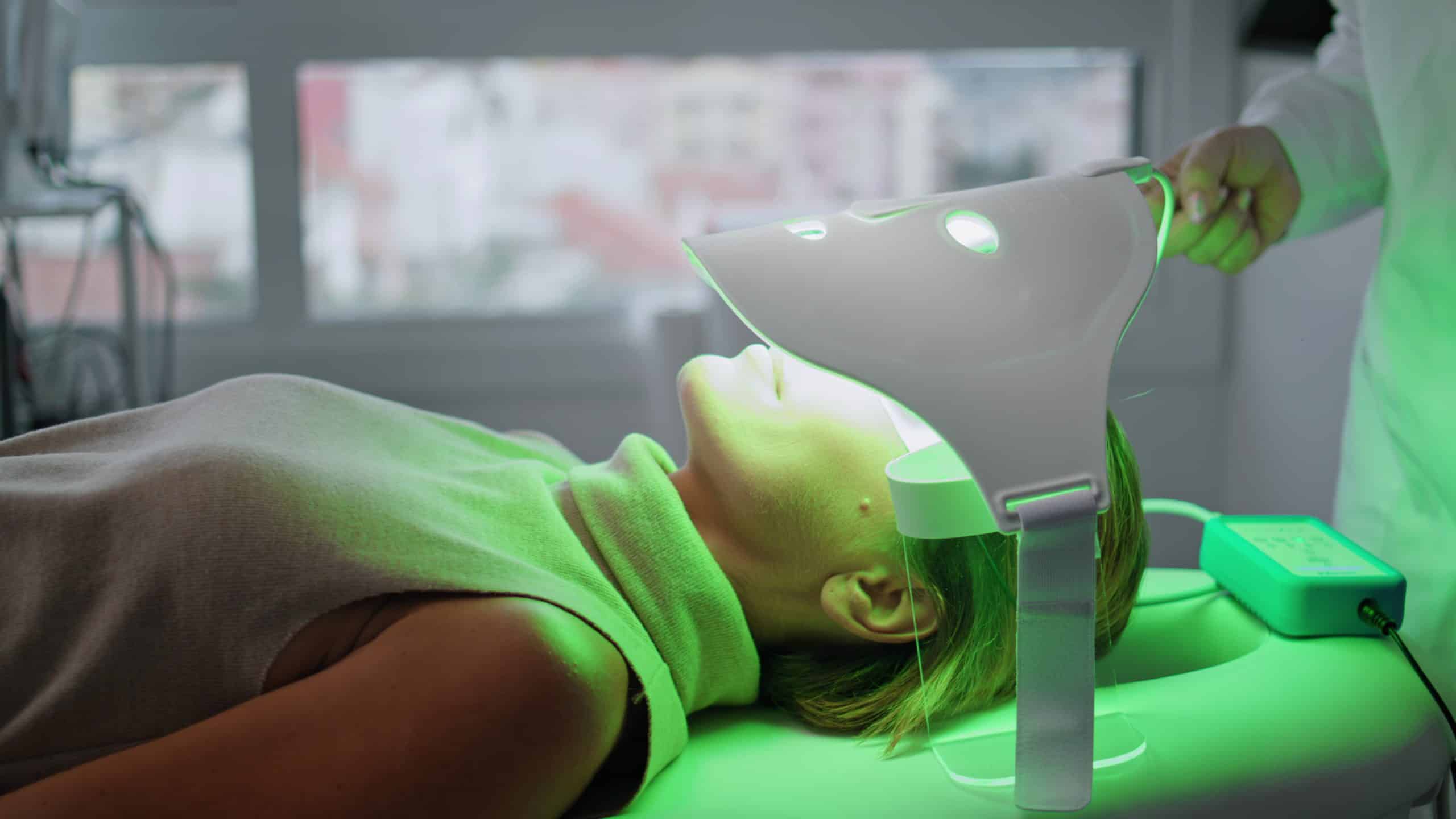How Can Light Therapy Be Used to Treat Seasonal Affective Disorder in the Workplace?

During the darker winter months, when daylight hours are fewer, many people find themselves struggling with a particular type of depression known as Seasonal Affective Disorder (SAD). This condition is not just a case of "winter blues", but a serious health issue that can negatively impact a person’s daily life, including their productivity in the workplace. There is, however, a treatment that may provide hope: light therapy.
In this article, we’ll delve into the nature of Seasonal Affective Disorder, its symptoms, and how light therapy could be an effective treatment solution, particularly in the workplace setting.
A voir aussi : What Are the Impacts of Autonomous Delivery Robots on Urban Public Health and Safety?
Understanding Seasonal Affective Disorder
Seasonal Affective Disorder, often abbreviated as SAD, is a type of depression that relates directly to the changing of seasons. It most commonly impacts individuals during the fall and winter months when sunlight is less abundant. However, a less common form of SAD, known as summer depression, can also affect people during the spring and early summer.
This mental health disorder is characterized by a range of symptoms that can include feelings of depression, loss of interest in activities, low energy, difficulty sleeping, changes in appetite or weight, and thoughts of death or suicide. The exact cause of SAD is unknown, but it’s thought to be linked to the body’s internal clock (circadian rhythm), which can be disrupted by reduced daylight hours, leading to feelings of depression.
Avez-vous vu cela : How Does a Diet Rich in Polyphenols Combat Oxidative Stress and Aging?
What is Light Therapy?
Light therapy, also known as phototherapy, is a way to treat SAD that involves exposure to artificial light. The process requires sitting or working near a device called a light therapy box. This box emits bright light that mimics natural outdoor light.
Studies have shown that light therapy can help regulate your body’s internal clock and reduce symptoms of SAD by influencing chemicals in the brain related to mood and sleep. According to a study published on PubMed, light therapy can be as effective as antidepressant medication in treating SAD, and often, it’s used in conjunction with other forms of therapy or medication.
Implementing Light Therapy in the Workplace
Due to the hours many people spend at work, the workplace becomes a viable environment for administering light therapy. Offering light therapy boxes in the office can be a proactive way to support the mental health of your workforce during the winter months.
You could incorporate light therapy into the office in a number of ways. You could set up a designated ‘light room’ with several light boxes for employees to use during breaks. Alternatively, smaller light boxes could be placed on individual desks, allowing employees to receive treatment as they work.
Remember, it’s important to use a light therapy box specifically designed for treating SAD. These boxes emit a controlled amount of light that is safe and effective, without harmful UV rays. On average, a light therapy session lasts about 30 minutes. However, the duration can vary depending on the specific individual’s needs and the strength of the light box.
Evidence Supporting Light Therapy for SAD
The use of light therapy for treating SAD isn’t just a theory; there’s a substantial body of scientific evidence supporting its effectiveness.
In a systematic review and meta-analysis published on PubMed, researchers found that light therapy led to significant improvements in symptoms of SAD. Participants who received light therapy reported reductions in depressive symptoms, and improvements in mood and energy levels.
Moreover, a combination of light therapy and other therapeutic interventions like cognitive-behavioral therapy or medication tends to yield the best results. It’s therefore worthwhile to consider light therapy as part of a comprehensive approach to treating SAD in the workplace.
The Importance of Supporting Mental Health in the Workplace
Supporting the mental health of employees is essential. Mental health disorders can have a profound impact on an individual’s ability to function productively at work. When an employer takes proactive steps, such as implementing light therapy for SAD, it not only helps those individuals suffering but can also foster a healthier, happier, and more productive working environment overall.
By understanding and acknowledging the impact of Seasonal Affective Disorder on your workforce, and taking proactive steps to support your employees’ mental health, you can create a positive and supportive workplace where everyone can thrive, regardless of the time of year.
The Potential Side Effects and Limitations of Light Therapy
Despite the promising results of light therapy, it’s important to remember that it may not be suitable for everyone and, like any treatment, it could have potential side effects. These could include eye strain, headache, irritability or difficulty sleeping, especially if used later in the day. However, these side effects are generally mild and often resolve on their own after a few days. In addition, using the light box in the morning shortly after awakening tends to minimize these effects.
Some people might not respond to light therapy at all, while others may find that it’s not enough to alleviate their symptoms of Seasonal Affective Disorder. In fact, light therapy is most effective when it’s part of a comprehensive treatment plan that may also include psychotherapy, medication, and lifestyle changes such as regular exercise and a healthy diet.
Moreover, it’s crucial to remember that not all light boxes are appropriate for treating SAD. Boxes that emit ultraviolet (UV) light or have light intensities that are too high can be harmful. It’s therefore essential to choose a light box specifically designed for treating SAD, which emit a safe and controlled amount of bright light.
Seek advice from a health professional before beginning light therapy, especially if you have pre-existing conditions such as bipolar disorder or a history of eye problems.
Conclusion: A Brighter Future in the Workplace with Light Therapy
In conclusion, the darkness and gloom of winter need not cast a shadow over the workplace. With a strategy that includes light therapy, employers can help combat the effects of Seasonal Affective Disorder and create a brighter, more productive environment for their employees.
Light therapy, when used correctly, can help regulate the body’s internal clock, elevate mood, increase energy levels, and enhance overall well-being. While it may not be a panacea for everyone, and it’s not without potential side effects, it’s a scientifically-proven tool that can be used to manage and alleviate SAD symptoms.
The implementation of light therapy in the workplace symbolizes more than just the physical light box. It represents an acknowledgement by employers of the very real issue of mental health disorders, and the steps they’re willing to take to support their employees. It’s a win-win situation that not only benefits those suffering from SAD but also enhances the overall health and productivity of the workplace.
So, let’s embrace light therapy – a beacon of hope for those grappling with Seasonal Affective Disorder – and work together to bring about a brighter future in the workplace, no matter what the season.
